First published 1996
by Routledge
11 New Fetter Lane,
London EC4P 4EE
Simultaneously published in the
USA and Canada
by Routledge
29 West 35th Street,
New York, NY 10001
Routledge is an imprint of theTaylor & Francis Group.
This edition published in the Taylor & Francis e-Library, 2002.
1996 Stephen Mulhall
All rights reserved. No part of this book may be reprinted or reproduced or utilized in any form or by any electronic, mechanical, or other means, now known or hereafter invented, including photocopying and recording, or in any information storage or retrieval system, without permission in writing from the publishers.
British Library Cataloguing inPublication Data
A catalogue record for this book is available from the British Library.
Library of Congress Cataloging inPublication Data
Mulhall, Stephen, 1962
Routledge Philosophy GuideBook to Heidegger and Being and Time/Stephen Mulhall.
p. cm. (Routledge Philosophy GuideBooks)
Includes bibliographical references and index.
1. Heidegger, Martin, 18891976. Sein und Zeit. I. Title. II. Series.
B3279.H48S46654 1996
193dc20 9538893
CIP
ISBN 0-203-19655-4 Master e-book
ISBN
ISBN 0-203-19658-9 (Adobe eReader Format)
ISBN 0-415-10092-5 (hbk)
ISBN 0-415-10093-3 (pbk)
Preface
Martin Heidegger was born in Messkirch on 26 September 1889. An interest in the priesthood led him to commence theological and philosophical studies at the University of Freiburg in 1909. A monograph on the philosophy of Duns Scotus brought him a university teaching qualification, and in 1922 he was appointed to teach philosophy at the University of Marburg. The publication of his first major work, Sein und Zeit (Being and Time), in 1927 catapulted him to prominence and led to his being appointed to the Chair of Philosophy at Freiburg in 1928, succeeding his teacher and master, the phenomenologist Edmund Husserl. From April 1933 until his resignation in February 1934, the early months of the Nazi regime, he was Rector of Freiburg. His academic career was further disrupted by the Second World War and its aftermath: in 1944, he was enrolled in a work-brigade, and between 1945 and 1951 he was prohibited from teaching under the de- Nazification rules of the Allied authorities. He was re-appointed Professor in 1951, and gave occasional seminars in his capacity as Honorary Professor until 1967, as well as travelling widely and participating in conferences and colloquia on his work. He continued to write until his death on 26 May 1976. He is buried in the local graveyard of his birthplace, Messkirch.
This brief biographical sketch leaves much that is of importance in Heideggers life (particularly his destructive and ugly relations with Nazism) unexplored; but it gives even less indication of the breadth, intensity and distinctiveness of his philosophical work and its impact on the development of the discipline in Europe. The publication of Being and Time transformed him from a charismatic lecturer, wellknown in German academic life (Hannah Arendt said that descriptions of his lecture series circulated in Germany as if they were rumours of a hidden king), into a figure of international significance.
A steady stream of lectures, seminars and publications in the following decades merely broadened and intensified his influence. Sartrean existentialism, the hermeneutic theory and practice of Gadamer, and Derridean deconstruction all grew from the matrix of Heideggers thought; and the cognate disciplines of literary criticism, theology and psychoanalysis were also importantly influenced by his work. To some, his preoccupations and more importantly, the manner in which he thought and wrote about them signified only pretension, mystification and charlatanry. For many others, however, the tortured intensity of his prose, its breadth of reference in the history of philosophy, and its arrogant but exhilarating implication that nothing less than the continuation of Western culture and authentic human life was at stake in his thought, signified instead that philosophy had finally returned to its true concerns in a manner that might justify its age-old claim to be the queen of the human sciences.
This book is an introduction for English-speaking readers to the text that publically inaugurated Heideggers life-long philosophical project Being and Timeto provide guidance for those working through an extremely challenging philosophical text without attempting to illuminate the broader themes and issues with which it grapples as well as the underlying purposes of its author, it is both possible and desirable to address those themes and purposes by relating them very closely and precisely to the ways in which they are allowed to emerge in the chapter by chapter, section by section structure of the text concerned. This introduction is therefore organized in a way that is designed to mirror that of

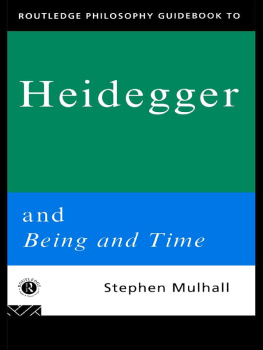
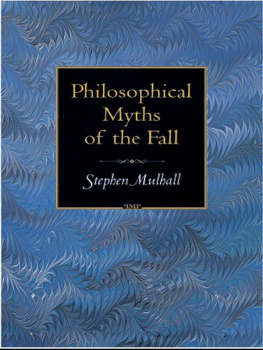
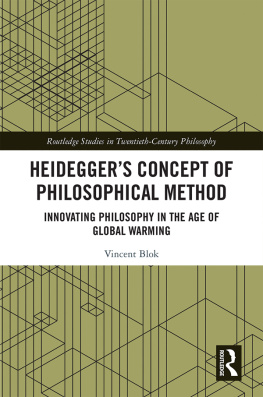
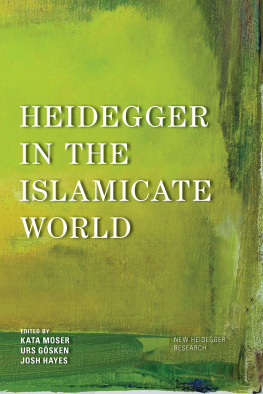

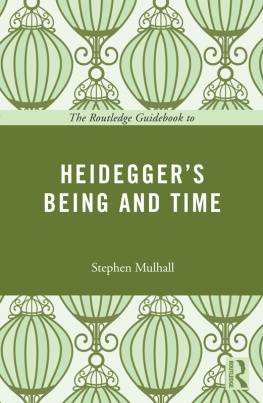
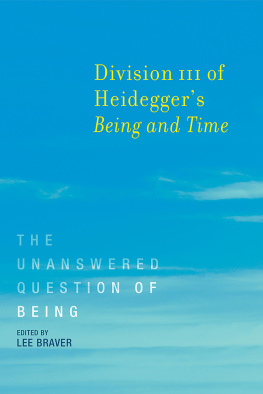
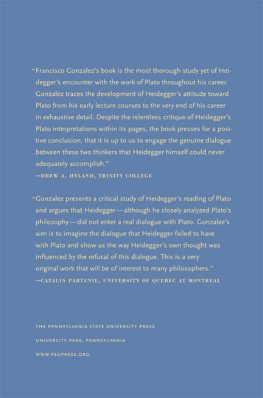
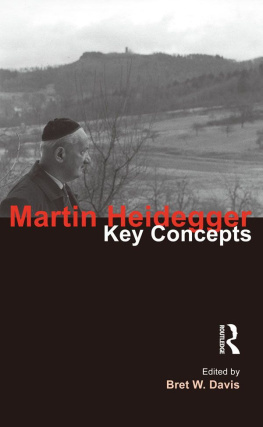
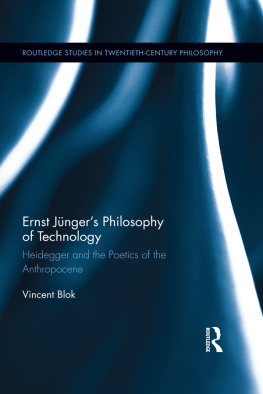
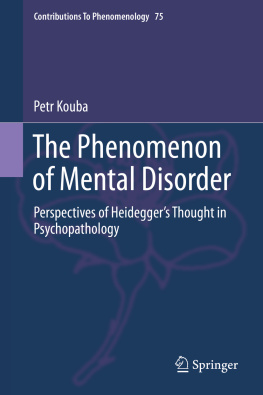
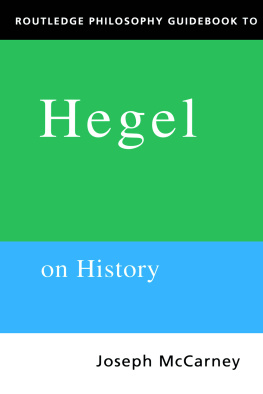




 Stephen Mulhall
Stephen Mulhall